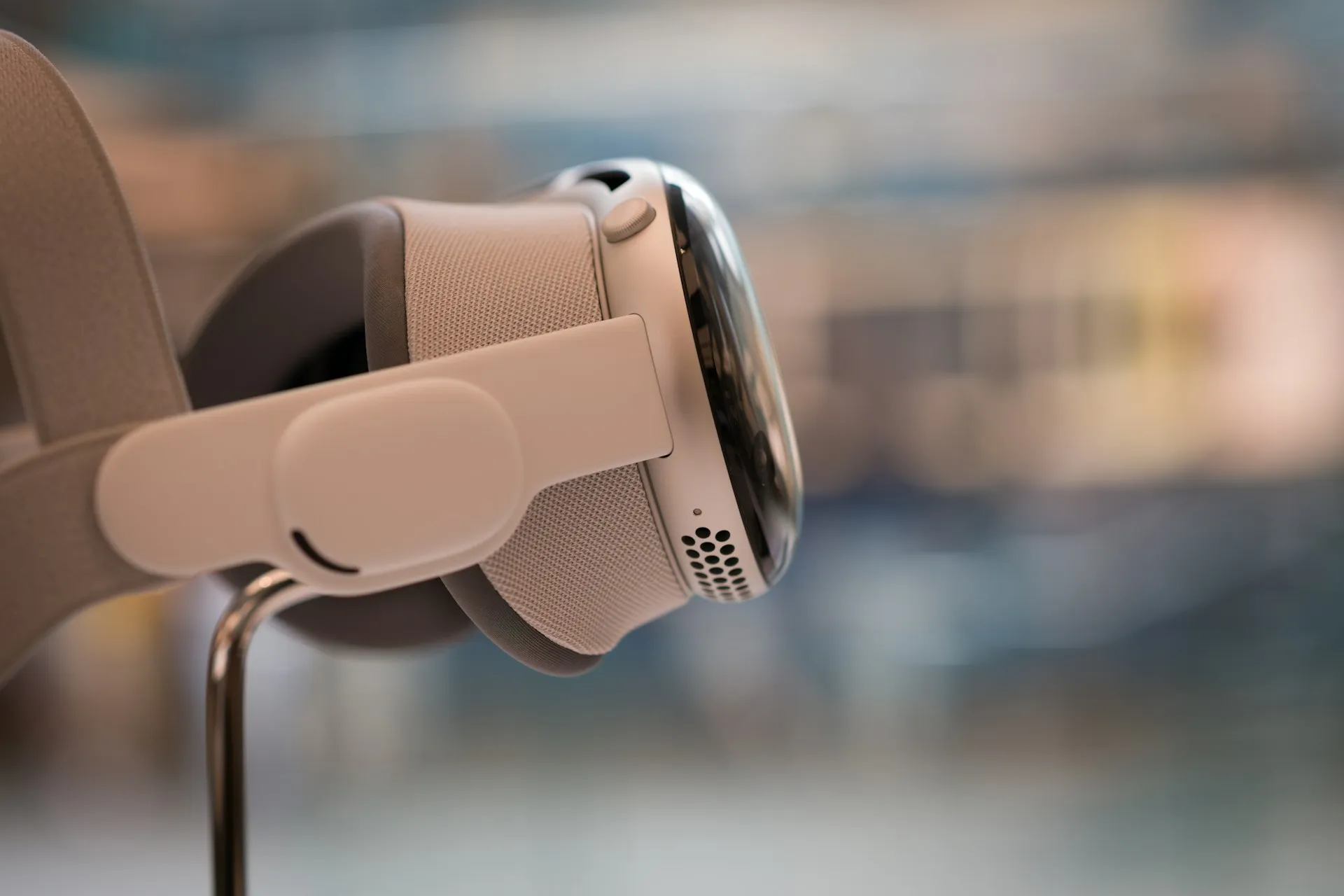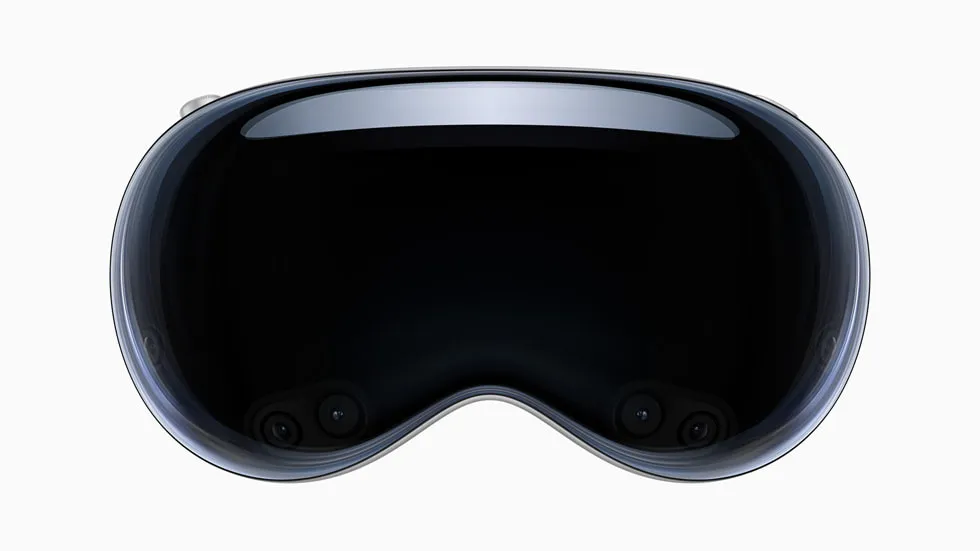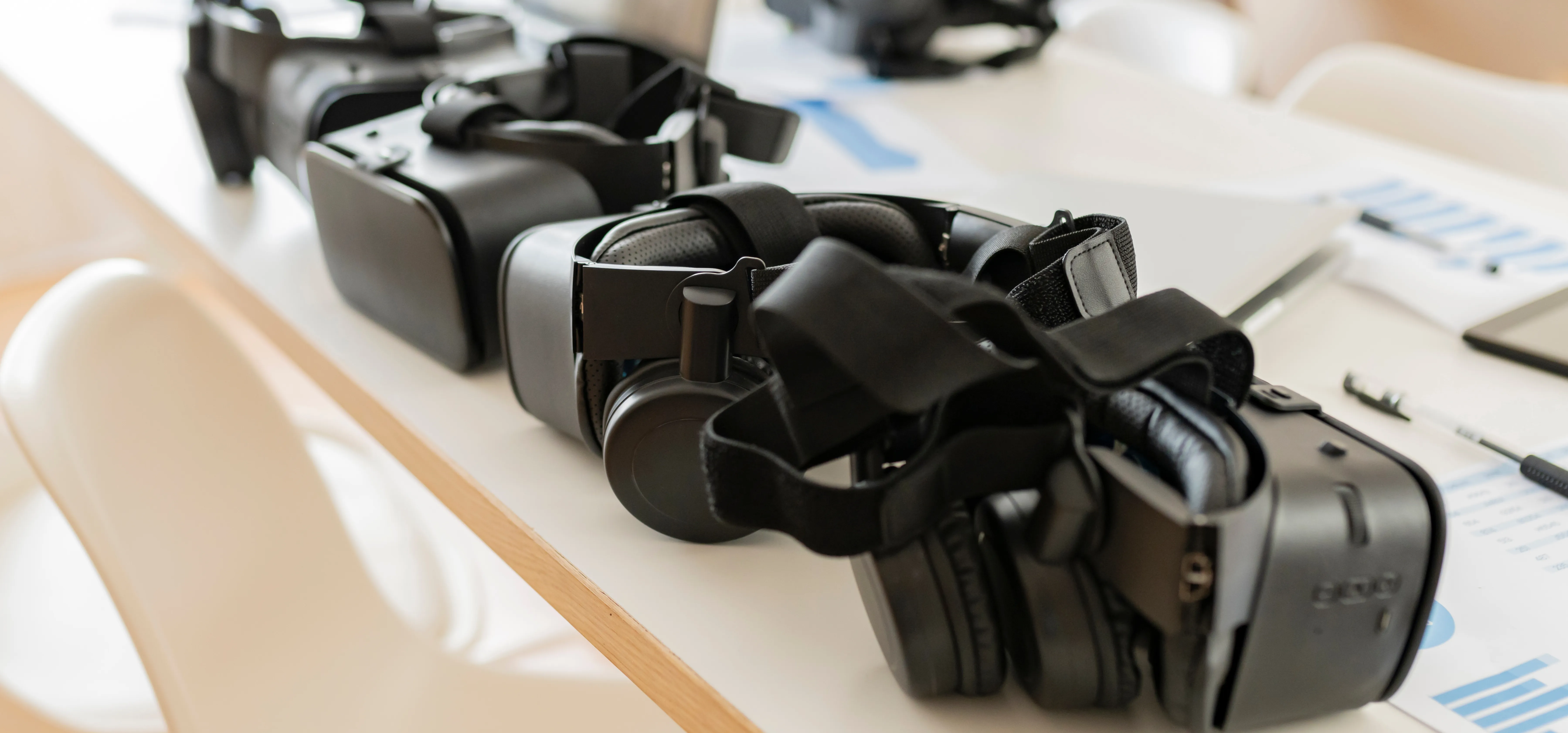Reviewed by Corey Noles The sixth developer beta of visionOS 26 has arrived, and the big news isn’t just about bug fixes—it’s about PlayStation VR2 Sense controller support hitting Apple’s mixed-reality headset. After months of hand-gesture-only interactions, this feels like Apple finally admitting that sometimes you just need real buttons. The beta was released on August 5, continuing Apple’s aggressive push toward making the Vision Pro a more versatile spatial computing platform. But here’s the thing: is this the update that transforms your $3,500 headset into something you’ll actually reach for daily? Why PlayStation controllers change everything for Vision Pro gamingSony’s DualSense controllers represent more than just gaming convenience—they signal Apple’s recognition that gesture fatigue is a real barrier to Vision Pro adoption. VisionOS 26 adds “breakthrough” support for gamepads, meaning you’ll see the controller in your hands even when fully immersed in virtual scenes. This…more









